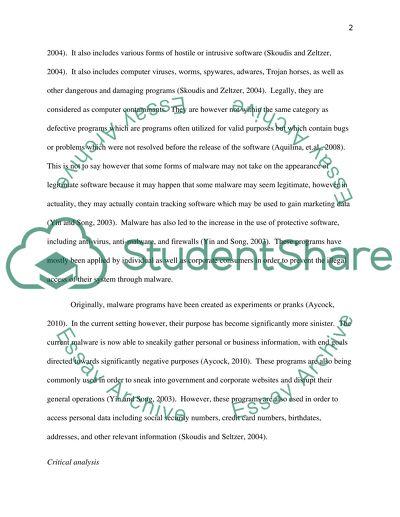Cite this document
(Malware and Their Current Impact on Private and Public Affairs Coursework, n.d.)
Malware and Their Current Impact on Private and Public Affairs Coursework. Retrieved from https://studentshare.org/information-technology/1611375-todays-malware-is-much-more-sinister
Malware and Their Current Impact on Private and Public Affairs Coursework. Retrieved from https://studentshare.org/information-technology/1611375-todays-malware-is-much-more-sinister
(Malware and Their Current Impact on Private and Public Affairs Coursework)
Malware and Their Current Impact on Private and Public Affairs Coursework. https://studentshare.org/information-technology/1611375-todays-malware-is-much-more-sinister.
Malware and Their Current Impact on Private and Public Affairs Coursework. https://studentshare.org/information-technology/1611375-todays-malware-is-much-more-sinister.
“Malware and Their Current Impact on Private and Public Affairs Coursework”. https://studentshare.org/information-technology/1611375-todays-malware-is-much-more-sinister.


